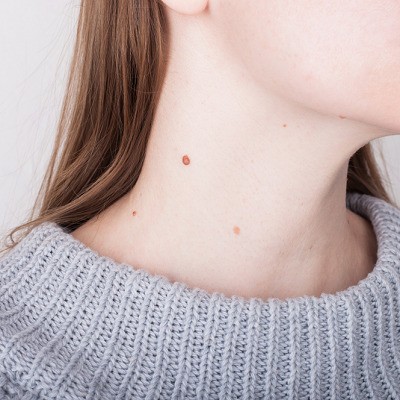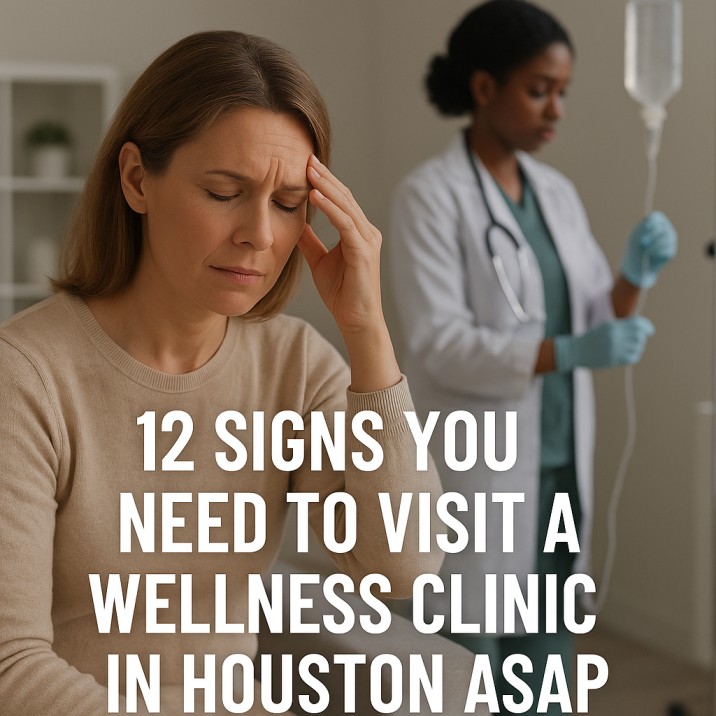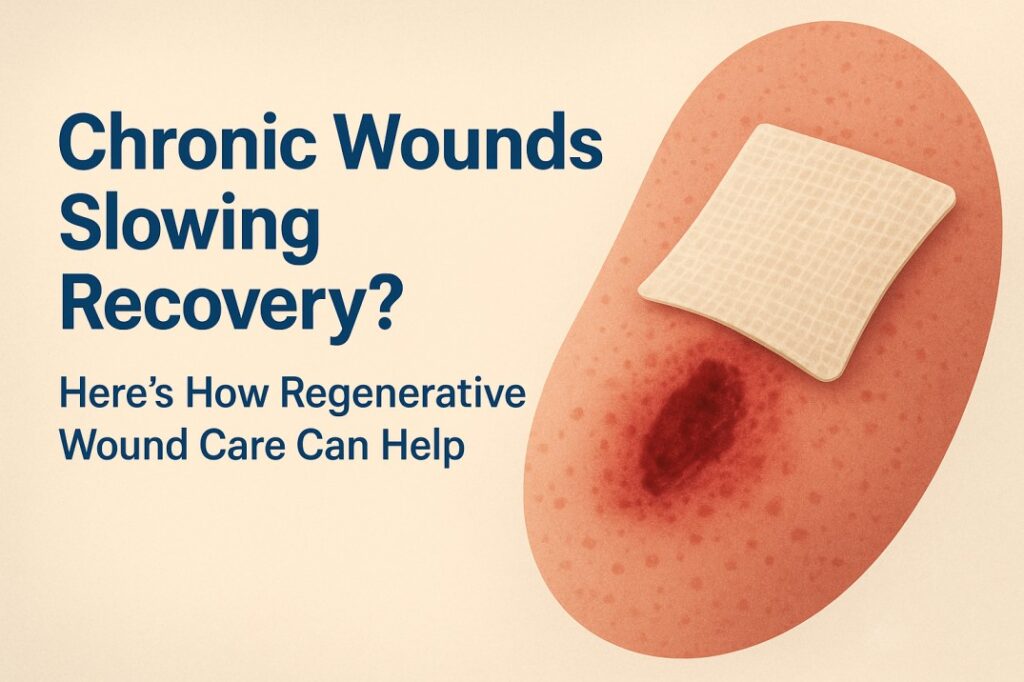Warts are small, rough skin growths caused by the human papillomavirus (HPV). While they are typically harmless, warts can be unsightly, uncomfortable, and sometimes stubborn to treat. Understanding how warts form and learning how to prevent them is key to maintaining healthy skin and avoiding unnecessary complications. In this blog, we’ll explore what causes warts to develop, the types of warts that exist, and practical ways to wart remove in Islamabad.
What Causes Warts to Form?
Warts are the result of an infection caused by the human papillomavirus (HPV). There are over 100 strains of HPV, and only a few are responsible for causing warts on the skin. When the virus enters the skin through tiny cuts, abrasions, or weak spots, it infects the top layer of skin, causing rapid cell growth and forming a wart.
Here are some key factors that contribute to wart formation:
1. HPV Transmission
HPV is highly contagious and spreads through:
- Direct Contact: Touching someone else’s wart or skin with the virus.
- Indirect Contact: Using shared items such as towels, razors, or gym equipment that have been contaminated with HPV.
- Self-Inoculation: Spreading the virus from one part of your body to another, such as shaving over a wart.
2. Weak or Compromised Skin Barrier
A healthy skin barrier protects against viruses, but when the skin is broken, cut, or softened (e.g., due to prolonged exposure to water), HPV can penetrate more easily.
3. Weakened Immune System
Individuals with a compromised immune system, such as those with certain medical conditions or on immunosuppressive medications, are more vulnerable to HPV infections and subsequent wart development.
4. Environment
Warts thrive in warm, moist environments. Places like public swimming pools, locker rooms, and communal showers are common hotspots for HPV transmission.
5. Personal Susceptibility
Not everyone exposed to HPV develops warts. Some people are more prone to warts due to genetic factors, age, or immune response variability.
Types of Warts
Understanding the different types of warts can help identify how to treat and prevent them:
- Common Warts:
- Appearance: Rough, raised bumps, usually on hands and fingers.
- Cause: Typically spread through direct contact or contaminated objects.
- Plantar Warts:
- Appearance: Flat, hard growths on the soles of the feet, often painful when walking.
- Cause: Commonly contracted in moist environments like pools and showers.
- Flat Warts:
- Appearance: Small, smooth, flat-topped warts, often found on the face, neck, or legs.
- Cause: Spread through shaving or direct contact.
- Filiform Warts:
- Appearance: Long, thread-like growths, usually around the mouth, nose, or eyes.
- Cause: Spread by direct contact.
- Genital Warts:
- Appearance: Small, flesh-colored or gray growths in the genital area.
- Cause: Spread through sexual contact with an infected person.
How to Prevent Warts
Preventing warts involves protecting your skin, boosting your immune system, and minimizing exposure to HPV. Here are practical tips to reduce your risk:
1. Practice Good Hygiene
- Wash Your Hands Frequently: Keep your hands clean, especially after touching potentially contaminated surfaces.
- Avoid Picking at Warts: Picking can spread the virus to other parts of your body or to others.
- Don’t Share Personal Items: Use your own towels, razors, and nail clippers to prevent cross-contamination.
2. Protect Your Skin
- Wear Shoes in Public Areas: Use flip-flops or water shoes in communal showers, locker rooms, and pool areas.
- Cover Open Wounds: Use bandages to keep cuts and scrapes clean and protected.
- Moisturize Dry Skin: Dry, cracked skin is more prone to HPV entry.
3. Boost Your Immune System
- Eat a Balanced Diet: Include fruits, vegetables, and immune-boosting foods rich in vitamins A, C, and E.
- Get Enough Sleep: Rest is essential for a strong immune system.
- Manage Stress: Chronic stress can weaken your body’s defenses, making you more susceptible to infections.
4. Avoid Risky Behaviors
- Practice Safe Sex: Use protection and get vaccinated against HPV to reduce the risk of genital warts.
- Be Mindful at Nail Salons: Ensure tools are properly sanitized if you get professional manicures or pedicures.
5. Vaccination
- HPV Vaccine: Getting vaccinated against HPV can prevent certain strains of the virus that cause genital warts and cervical cancer. It’s recommended for both boys and girls starting at age 9 and up to age 26.
When to Seek Medical Advice
While most warts resolve on their own, some may require professional treatment. Consider consulting a dermatologist if:
- Warts are painful or spreading rapidly.
- Over-the-counter treatments have not worked.
- Warts appear on sensitive areas like the face or genitals.
- You have a weakened immune system or underlying medical condition.
Final Thoughts
Warts are a common skin issue caused by the HPV virus, but they are preventable with good hygiene, proper skin care, and a strong immune system. By taking precautions to avoid HPV exposure and maintaining healthy habits, you can significantly reduce your risk of developing warts. If you do get warts, early treatment and avoiding self-inoculation can help stop them from spreading.









